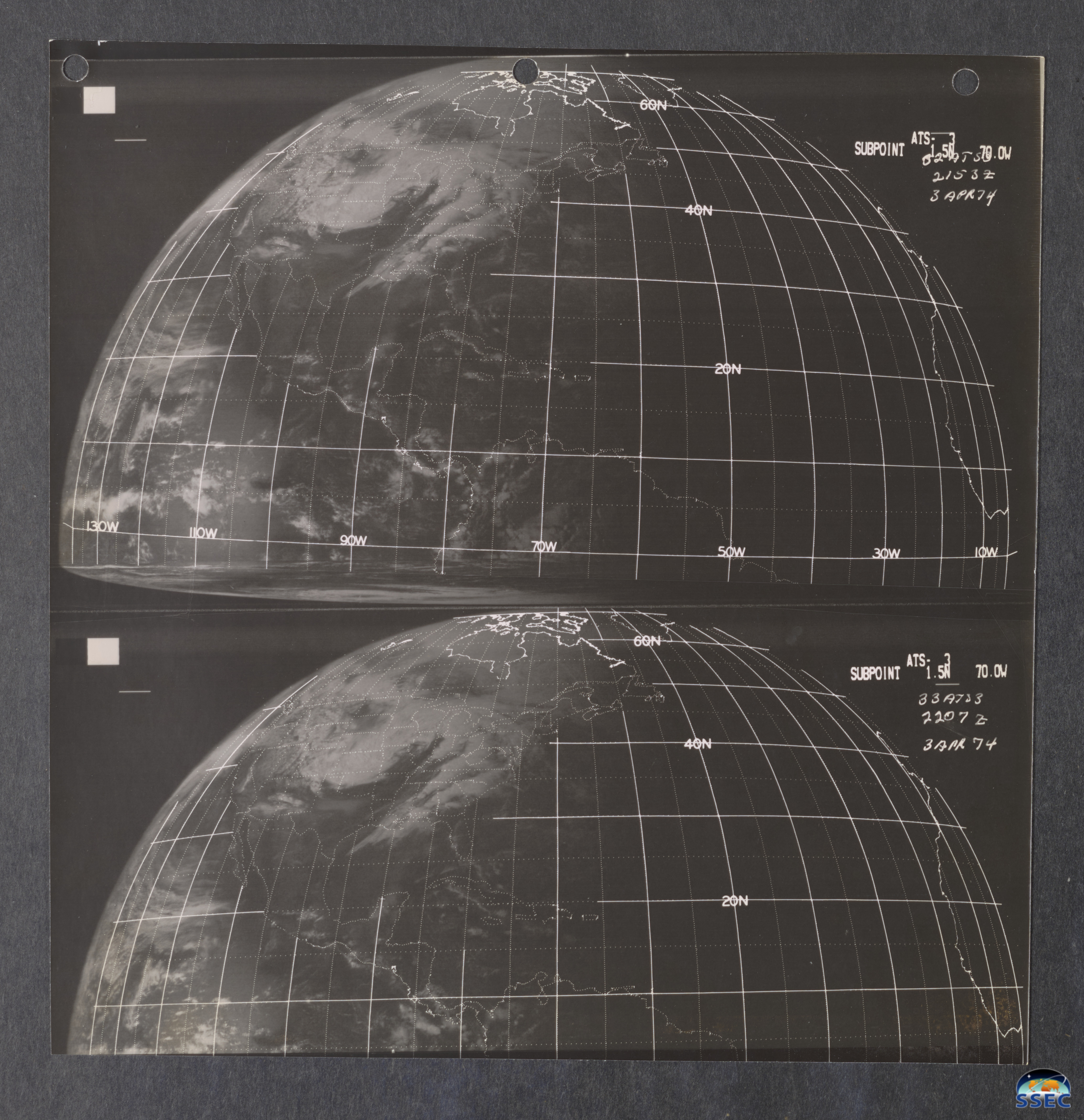Casuarina Head
Member
22–3 Apr 1883, 28 Mar 1920 (Palm Sunday I), 21 Mar 1952, and 21–3 Nov 1992 were also quite significant across portions of the Deep South. The first event in particular featured multiple long-tracked EF3+ tornadoes and/or families from the Mississippi Delta eastward to GA, including a pair of very deadly events near Georgetown MS, both of which were probably F4+. In fact Thomas P. Grazulis’ “big green” volume, Significant Tornadoes 1680–1991, mentions (p. 618) that there were at least ten possible F2+ events in MS for which he lacked sufficient documentation, as many local newspaper editions were reportedly missing. The aerial scope of the known F2+ events was nevertheless quite significant, including a possible violent tornado in TN as well, along with two F4+ events in GA. There were also a number of likely F2+ events near Ashville and Mobile AL, as well as in Barbour County AL. Palm Sunday 1920 also featured a pair of probable F4+ events near Red Hill AL and LaGrange GA, along with a deadly F3+ near Cedar Springs in Calhoun County AL. Of course 21 Mar 1952 also featured a deadly F4 near Massey–Hartselle AL, while 21–3 Nov 1992 featured F4 long-trackers in MS and GA.Add 1936 Tupelo-Gainesville, 4/3/74 and 4/27/11 you'll see that Mississippi and northern Alabama are the Armageddon zones. Georgia doesn't get gollywhopped by tornadoes as much, which is what makes stuff like 1884 unique. It's basically 4/27/11 but shifted further east.
So the list of top-tier events mentioned would certainly include the following (there are certainly others as well):
4/22–3/1883 + 2/19–20/1884 + 4/24/1908 + 3/28/1920 + 4/20/1920 + 3/21/1932 + 4/5–6/1936 + 3/21/1952 + 4/3/1974 + 11/21–3/1992 + 4/27/2011








